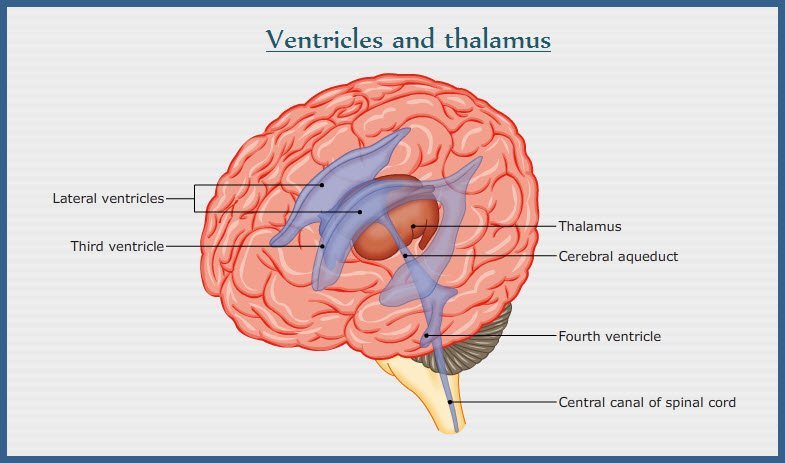TABLE OF CONTENTS
Functions of Specific and non-specific nuclei of thalamus
Functions of Specific and non-specific nuclei of thalamus is described below separately.

Functions of Non-specific nuclei
Non-specific nuclei plays a dominant role in the control of cerebral excitability by antagonizing ascending reticular formation.
Nonspecific thalamic nuclei are responsible for the production of α-rhythm in an awake, resting animal.
Non-specific nuclei integrate the sensory inflow and elicit motor activity. these nuclei maintain relationship with hypothalamus and hence modify autonomic and endocrine functions.
These nuclei functions in the crude conscious perception of sensory information.
These nuclei represent the brainstem association centre and control many involuntary adjustments according to the environmental influences.
Functions of Specific nuclei
Functions of Specific nuclei is to relay sensory or motor information to and from the cerebral cortex, hypothalamus, and basal ganglia, and the reticular formation.
Many sensory information reach here after converging through ascending systems like spinothalamic tract, lateral or medial lemniscus. Because of the convergence of mixed sensation, which lack specific receptor organ or neural pathway could be perceived.
Specific sensation like from visual system project to lateral geniculate body and auditory system project to medial geniculate body of thalamus.
Pain signals end in posterior group of nuclei.
Tactile and gustatory pathways project to ventroposterior nuclei.
Ventrolateral nucleus act as relay nucleus for sensory information from basal ganglia and cerebellum. They control voluntary motor activity.
A largest nucleus of thalamus is dorsomedial nucleus functions to relay two way system of communicating information from prefrontal cerebral cortex and hypothalamus. They receive information from putamen, caudate nucleus, amygdaloid, and para-olfactory area of cortex.